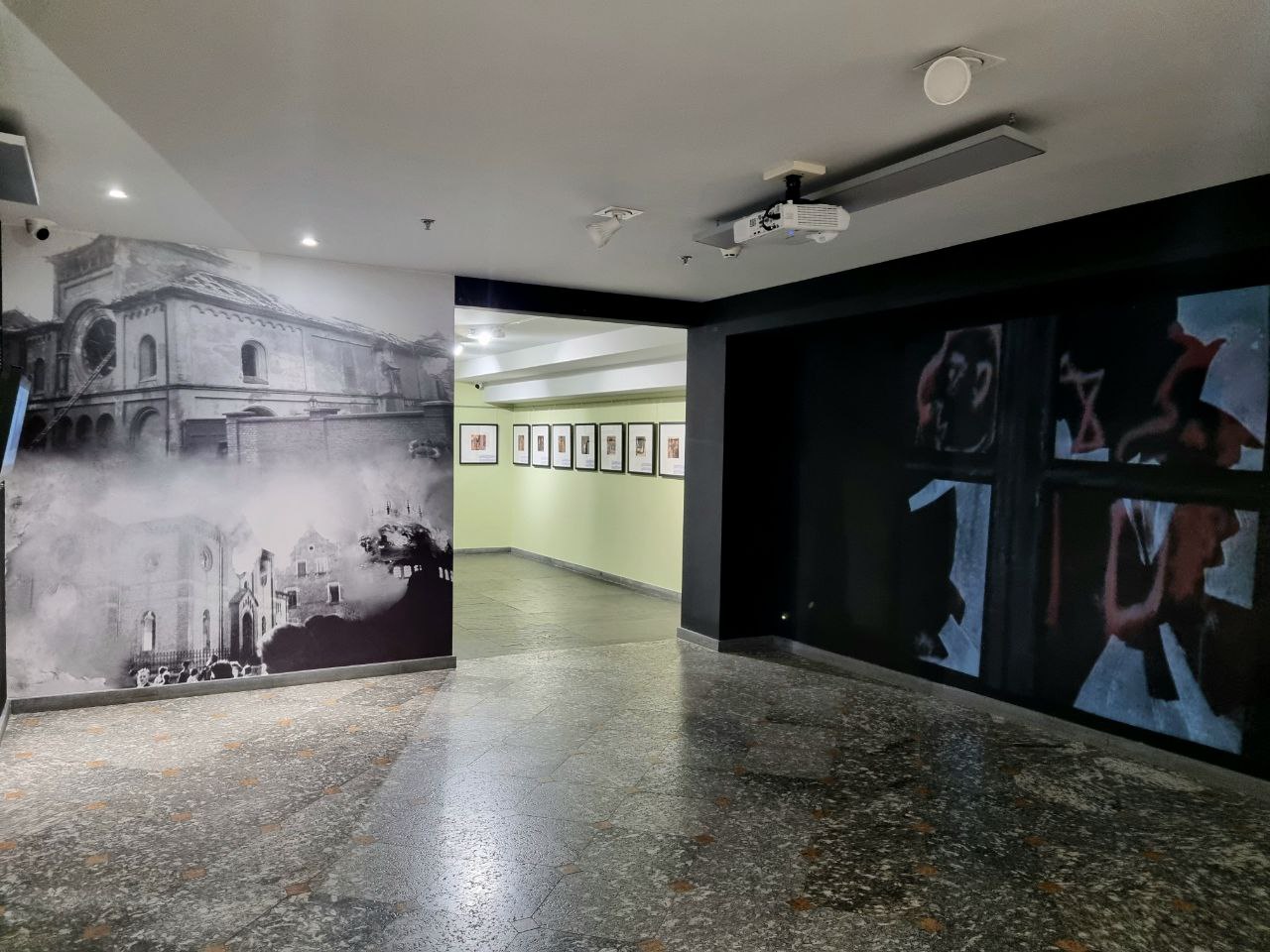86 years ago, an organized campaign of pogroms began against the Jewish population of Germany and Austria (as a result of the annexation of this country by the Third Reich the day before).
The reason for the criminal actions of the Nazi regime was the murder of Ernst von Rath, the 3rd secretary of the German embassy in Paris, carried out by the Jewish teenager Herschel Grinszpan due to the deportation of his parents from Germany to the Polish border in the town of Zbazyn a few days earlier. The death of an influential Nazi official could not go unpunished.
In the evening of November 9, 1938, in his infamous speech, Nazi Minister of Propaganda J. Goebbels noted: “…the Führer decided that…any demonstrations would not be prepared or organized by the party; however, they may arise suddenly, there is no need to prevent them.” It was with this phrase, interpreted as a call to action, that the terror campaign against the Jewish population was launched.
On the night of November 9-10, Nazi paramilitary formations (including the youth groups “Hitler Youth”) committed a series of pogroms against Jewish communities and institutions related to them (private houses, shops, etc.) throughout Germany, Austria and Sudeten region. These actions were especially powerful in Berlin and Vienna, where, in addition to the looting of property, public acts of humiliation of Jews were committed. Because of the broken glass that covered the streets after the destruction of shop windows and other institutions, the series of pogroms was called “Kristallnacht”.
Along with the destruction of property, acts of physical and moral abuse, there was also deportation - about 30,000 people. male Jews were forcibly rounded up and sent to concentration camps, marking the first phase of mass arrests of the Jewish population based exclusively on national grounds. After the end of the pogrom, the Nazi regime intensified the persecution of Jews, imposing on them the so-called call “atonement tax” in the amount of 1 billion Reichsmarks (about 400 million dollars at the exchange rate of 1938).
According to official data, 91 Jews were killed, hundreds were wounded; about 3.5 thousand arrested and sent to Nazi concentration camps; 267 synagogues and over 7,500 enterprises, residential buildings were destroyed.
This act of terror is considered the symbolic beginning of the Holocaust, a significant change in Nazi Germany's policy towards the Jewish population of Europe. From the middle of November 1938, the adoption of numerous anti-Jewish laws continued, according to which Jews were forbidden access to public educational institutions, cinemas, theaters and sports facilities (the so-called laws “Exclusion of Jews from German economic life”, etc.). Less than a year remained before mass deportations and physical extermination...
In 1995 The European network against nationalism, racism, fascism and support for migrants and refugees “United for Intercultural Action” (United for Intercultural Action) introduced the International Day against Fascism and Anti-Semitism - in memory of the events of November 1938. Its purpose was, on the one hand, “to honor the victims of the Kristallnacht pogrom, as well as the victims of the Holocaust and fascism”; on the other hand, the date is linked to contemporary global issues of racism, anti-Semitism, right-wing extremism and neo-fascism. On this memorable day, rallies, marches, and other events are usually held, which should remind of the innocent victims of the Nazi anti-Semitic policy and at the same time – of the inadmissibility of the spread of any discriminatory actions against different categories of people.
It is interesting that on November 9, Germany remembers another event - the fall of the Berlin Wall. It was on this day in 1989 that thousands of people left through checkpoints from the eastern to the western part of Berlin. This became a turning point in world history, because it symbolized the fall of the “iron curtain” that during the “cold war” separated the western democratic world from the eastern bloc of communist countries.
Remembering the events of the past, we are aware of all the fragility and changeability of the modern world, which is currently faced with real threats of the revival of Chaos embodied by authoritarian and totalitarian regimes. We believe and hope that the educational activity of the Museum is a certain type of resistance against Evil, violence and hostile propaganda in public space.
Iryna Radchenko

